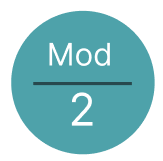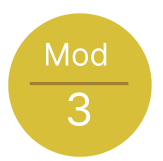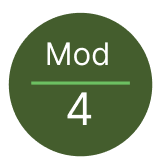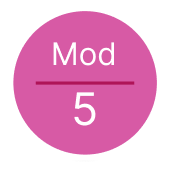The toolkit walks you through the fundamentals of program evaluation, with an emphasis on how staff and volunteers can reinforce their harm reduction program evaluation practices. Each of the five modules that make up this toolkit contains information on a specific component of the evaluation process, starting with making the case and ending with strategies for sharing your evaluation results with different audiences. Although the modules were organized sequentially, each module focuses on a distinct component of the evaluation process and, if needed, can be reviewed independently based on your program evaluation needs.
Here is a brief overview of each module.

For some, the idea of evaluating harm reduction programs can bring up conflicting feelings of resistance, frustration, and even annoyance. In Module 1: Making the Case for Program Evaluation, we will provide an overview of program evaluation and the benefits of integrating a meaningful program evaluation process that remains true to harm reduction principles. We will also provide an overview of the unique barriers and considerations related to integrating evaluation into programs and strategies for addressing resistance.
Key components of this section include:

Module 2: Preparing for Your Evaluation lays out the core elements of a harm reduction program evaluation process. Here we will explore the intersections of racial and social justice in program evaluation design and its significance within harm reduction programs. We will also walk through common environmental and structural factors that impede evaluation plans and share helpful strategies to address them.
Key components of this section include:

Program evaluation is all about answering the questions that you have about the work you are doing and its impact. In Module 3: Planning Your Evaluation we will review key considerations for deciding what you want to get out of your evaluation, building the right team, and formulating clear, answerable questions that match your evaluation's aims.
Key components of this section include:

Once you know what questions you want to answer, how do you answer them? Module 4: Doing Your Evaluation highlights best practices for implementing your evaluation plan and thoughtfully collecting, storing, and analyzing your evaluation data.
Key components of this section include:

When you've got it, flaunt it! Module 5: Using Your Evaluation dives into the strategies and approaches for using your evaluation findings to promote community awareness, strengthen partnerships, and advocate for necessary resources.
Key components of this section include: